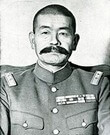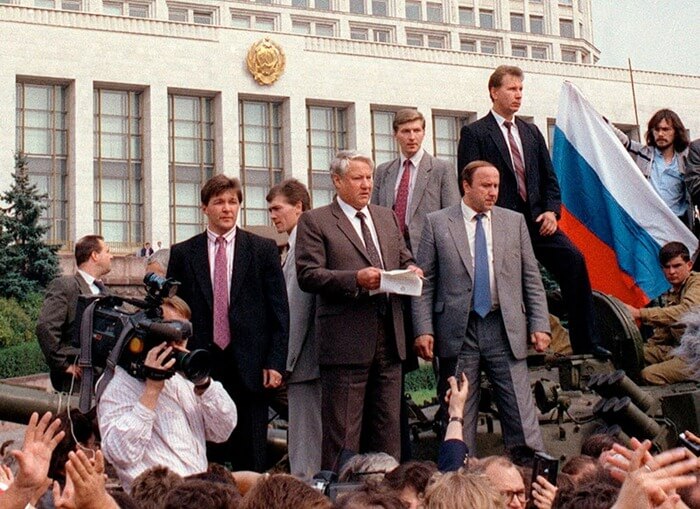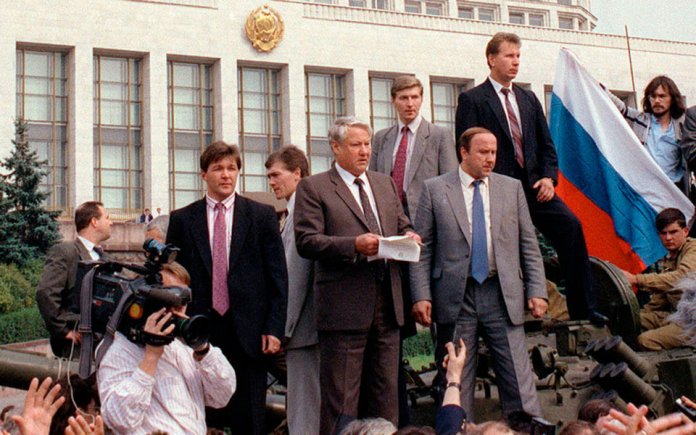Coups are common in the twentieth century. Some of them were successful, but there were also those that ended in complete collapse. We will tell you about three of the most notable failed coups of the 20th century.
3. Attempt to overthrow Saddam Hussein, Iraq
 In early 1996, the US government spent $ 120 million (according to Newsweek) to remove Iraqi President Saddam Hussein from power. The operation was planned to be carried out with the help of joint efforts of the CIA, British intelligence, as well as a large number of Kurdish and Iraqi agents.
In early 1996, the US government spent $ 120 million (according to Newsweek) to remove Iraqi President Saddam Hussein from power. The operation was planned to be carried out with the help of joint efforts of the CIA, British intelligence, as well as a large number of Kurdish and Iraqi agents.
However, the Iraqi secret services did not eat their bread in vain. In July 1996, Saddam Hussein arrested 200 Iraqis, including 80 officers. They were tortured to death, and a CIA spokesman in the Jordanian capital Amman received a message that said, “Pack your things and get out! We have information about every step of the CIA. "
Two months later, Iraqi troops entered Kurdistan, which the CIA did not warn its staff about. Over 100 of them were killed, and hundreds of Kurds working for the CIA fled the country and received asylum in America.
2. Incident at the Imperial Palace, Japan
 After the bombing of Hiroshima and Nagasaki, Emperor of Japan Hirohito had to decide to sign the Potsdam Declaration. She demanded the unconditional surrender of the Japanese armed forces to the allies.
After the bombing of Hiroshima and Nagasaki, Emperor of Japan Hirohito had to decide to sign the Potsdam Declaration. She demanded the unconditional surrender of the Japanese armed forces to the allies.
The move did not meet with the approval of the Imperial Guard, who feared that the imperial system would be canceled after the declaration was signed.
On the night of August 14-15, 1945, a group of officers led by Major Kenji Hatanaki seized the palace and cut it off from communications, depriving it of communication with the outside world. Hatanaka and his men hoped to preserve the imperial system and form a new government with an army minister at the helm. But due to the fact that the records of the emperor's surrender speech were reliably hidden, their efforts were in vain.
At 11 am, shortly before the emperor's speech to the people, Hatanaka put a bullet in his head.
1. August putsch, USSR
 Leading the top 3 unsuccessful coups of the 20th century, a turning point in the history of the Soviet Union.
Leading the top 3 unsuccessful coups of the 20th century, a turning point in the history of the Soviet Union.
When Mikhail Gorbachev began reforms leading to the division of the USSR into separate states, they were not warmly received by the entire leadership of the country.
The coup to remove Gorbachev from power began on August 18, 1991. It was attended by a group of senior government officials and officials known as the State Committee for the State of Emergency (GKChP). Gorbachev was placed under house arrest. Boris Yeltsin's country dacha was surrounded by soldiers of the Alpha unit, but the commander was ordered not to interfere with Yeltsin's departure and arrival in Moscow.
In Moscow, protesters led by Yeltsin took to the streets to condemn the coup attempt. AND Russian army, which took key positions on the streets of the capital, did not receive further clear orders from the conspirators. As a result, there was a fraternization of local soldiers and demonstrators. After the commotion subsided, the members of the State Emergency Committee were imprisoned.

